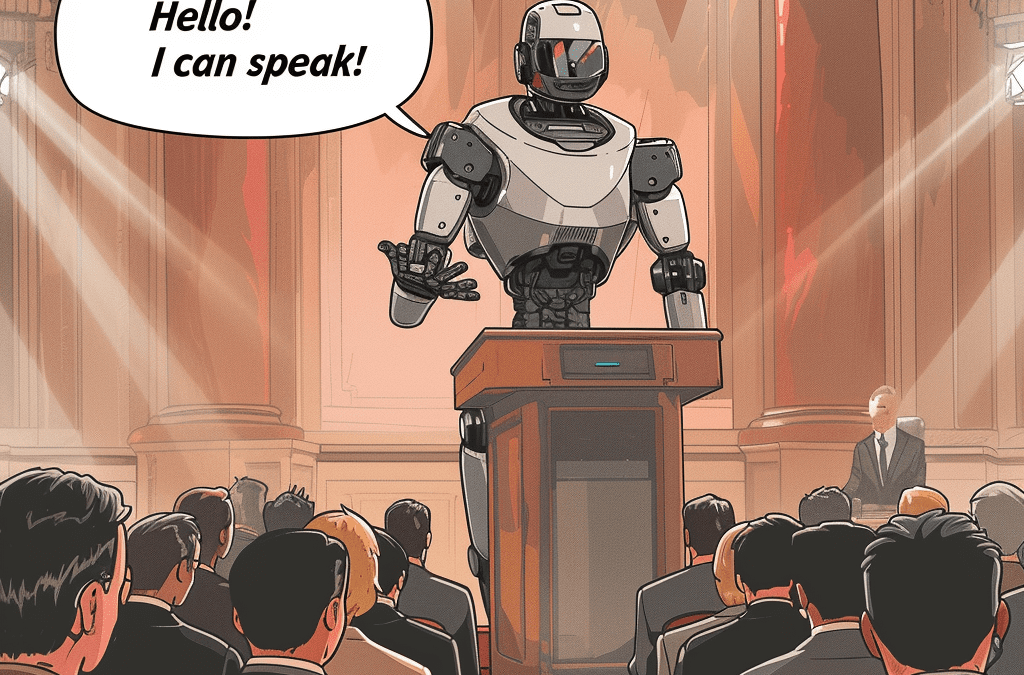Introducing OpenAI’s latest innovation, the Read Aloud feature for ChatGPT, designed to enhance the user experience by vocalizing responses in one of five selectable voices. This feature is now accessible across both the web version of ChatGPT and its iOS and Android applications, catering to users who need information on the move.
With the capability to articulate in 37 languages and an auto-detection mechanism for text language, Read Aloud bridges the communication gap for a global audience. Compatible with GPT-4 and GPT-3.5 versions, this feature underscores OpenAI’s commitment to multimodal capabilities, showcasing an impressive ability to interact through various mediums.
This development arrives in the wake of Anthropic’s recent advancements, marking a significant moment in the ongoing evolution of AI technology.
Voice Comes to ChatGPT: A Milestone in AI Accessibility
OpenAI has officially rolled out a voice functionality feature for ChatGPT on both iOS and Android platforms. This update marks a pivotal moment in making AI more accessible and user-friendly, particularly for users who may prefer or require audio communication over text. The ability for ChatGPT to read its answers aloud enhances the versatility of AI interaction, catering to a wider audience, including those who are visually impaired, individuals who multitask, or simply users who enjoy auditory learning and feedback.
How It Works: Bridging Human-AI Interaction
Integrating voice functionality into ChatGPT is straightforward and user-centric. Users can now ask questions or prompt the AI in their usual manner, whether seeking information, advice, or entertainment. The key difference lies in the response; ChatGPT can articulate its replies out loud, providing a more interactive and human-like dialogue experience.
This feature leverages advanced text-to-speech technology, ensuring the responses are audible and delivered in a clear, natural-sounding voice. This leap forward in AI communication mimics human conversation more closely, making AI interactions feel more personal and less machine-like.
The Implications: Expanding the Reach and Utility of AI
The introduction of voice functionality to ChatGPT has profound implications for the future of AI interaction. Firstly, it significantly enhances accessibility, allowing individuals with different needs and preferences to engage with AI more effectively. This move aligns with broader efforts to make technology inclusive and adaptable to various user requirements.
Moreover, the convenience of voice responses opens up new avenues for multitasking and efficiency. Users can now interact with ChatGPT while engaging in other activities, such as cooking, driving, or exercising, without reading text responses. This seamless integration of AI into daily life tasks underscores the potential of voice-enabled technology to complement and enhance human capabilities.
Getting Started: Embracing the Future of AI Interaction
To experience ChatGPT’s new voice functionality, ensure you have the latest version of the app installed on your iOS or Android device. The process to enable voice responses is user-friendly, with options to adjust settings such as voice speed and pitch, allowing for a customized interaction that suits your preferences.
As we stand on the cusp of this new era in AI development, the introduction of voice functionality to ChatGPT not only signifies a milestone in making technology more accessible and human-like but also highlights the continuous evolution of AI to meet user needs and expectations. OpenAI’s commitment to enhancing user experience through such innovative features promises a future where AI can serve as a more integral and interactive part of our daily lives.
In conclusion, the capability of ChatGPT to read answers aloud is more than just a technical update; it’s a step toward a future where human-AI interaction is as natural and intuitive as human conversation. As we navigate this exciting frontier, the potential of voice-enabled AI to transform our interaction with technology is boundless, paving the way for more inclusive, efficient, and engaging digital experiences.




